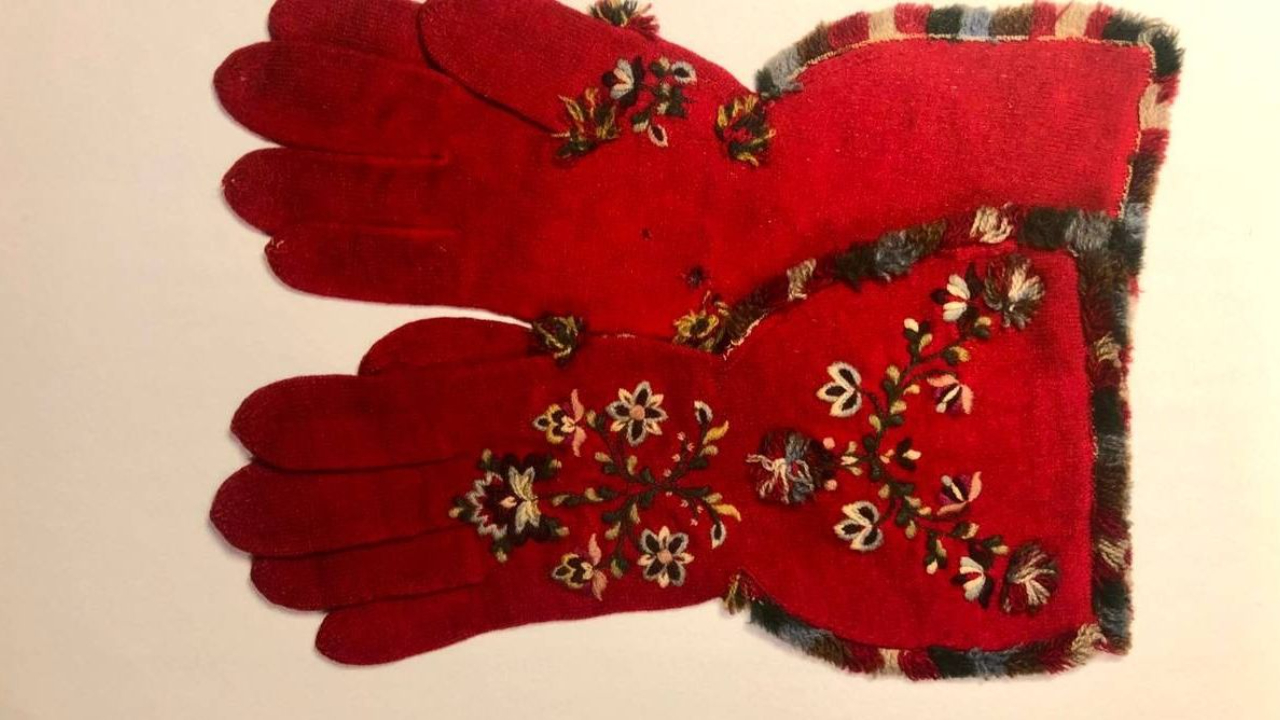International Women's Day
Mar 05, 2023
This week it’s time for the International Women’s day again. And today’s blog is refelcting a bit about knitting and genders.
For many years now knitting has been regarded as a female activity. Today we see though, an increasing number of men picking up the needles and getting lost in the stitches.
In the Middle Ages
In the Middle Ages, though, things were very different. Back then knitting was primarily done by men who were members of guilds - guilds where women were not allowed in. These guilds regulated the quality of the work and provided training and support for new apprentices. Knitters were highly respected for their skills and were often employed by wealthy patrons to create high-quality garments.
Also, in some cultures, knitting was considered a masculine pursuit, and men who were skilled knitters were highly valued. For example, in Shetland, Scotland, knitting was traditionally done by men, and the intricate patterns and designs they created were highly sought after.
Highly valued
Knitted items were in general highly valued during this time, as they provided warmth and protection from the cold. Knitted hats, socks, and mittens were particularly popular, and they were often decorated with patterns and designs.
Pastime activity
In addition to being a trade, knitting was also a pastime for both men and women. Wealthy women would often knit as a form of entertainment, and they would create elaborate and expensive items such as silk stockings and gloves.
Overall, knitting played an important role in the economy and culture of the Middle Ages, and it was a valued skill that was passed down from generation to generation.
And then, the Spinning Jenny entered the scene. But that is a story for another day.
Knitting vibes from Anne
Want more of Anne's Norwegian Knitting? Click here and read more about the free little corner of Anne's Norwegian Knitting - the Knit Bit.
